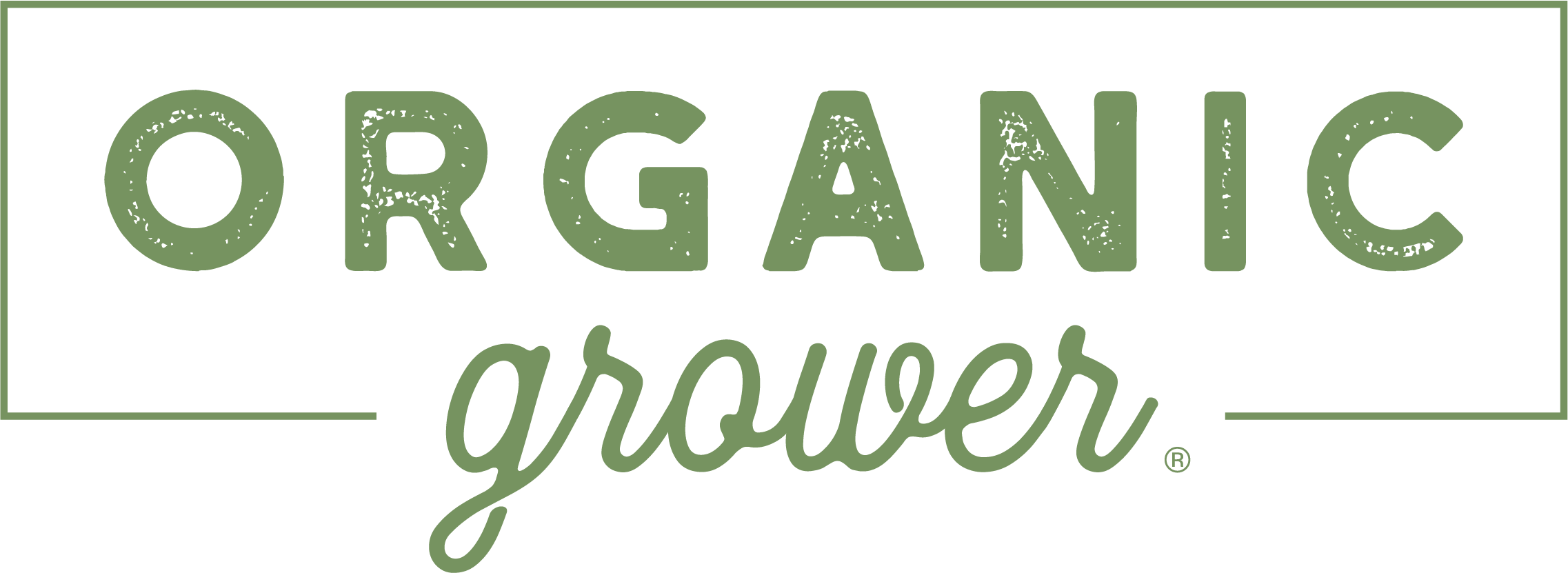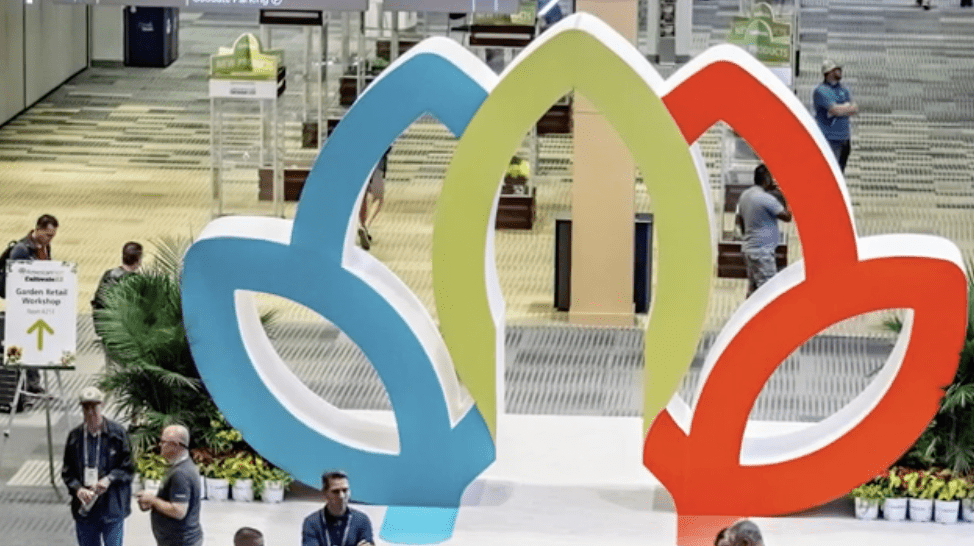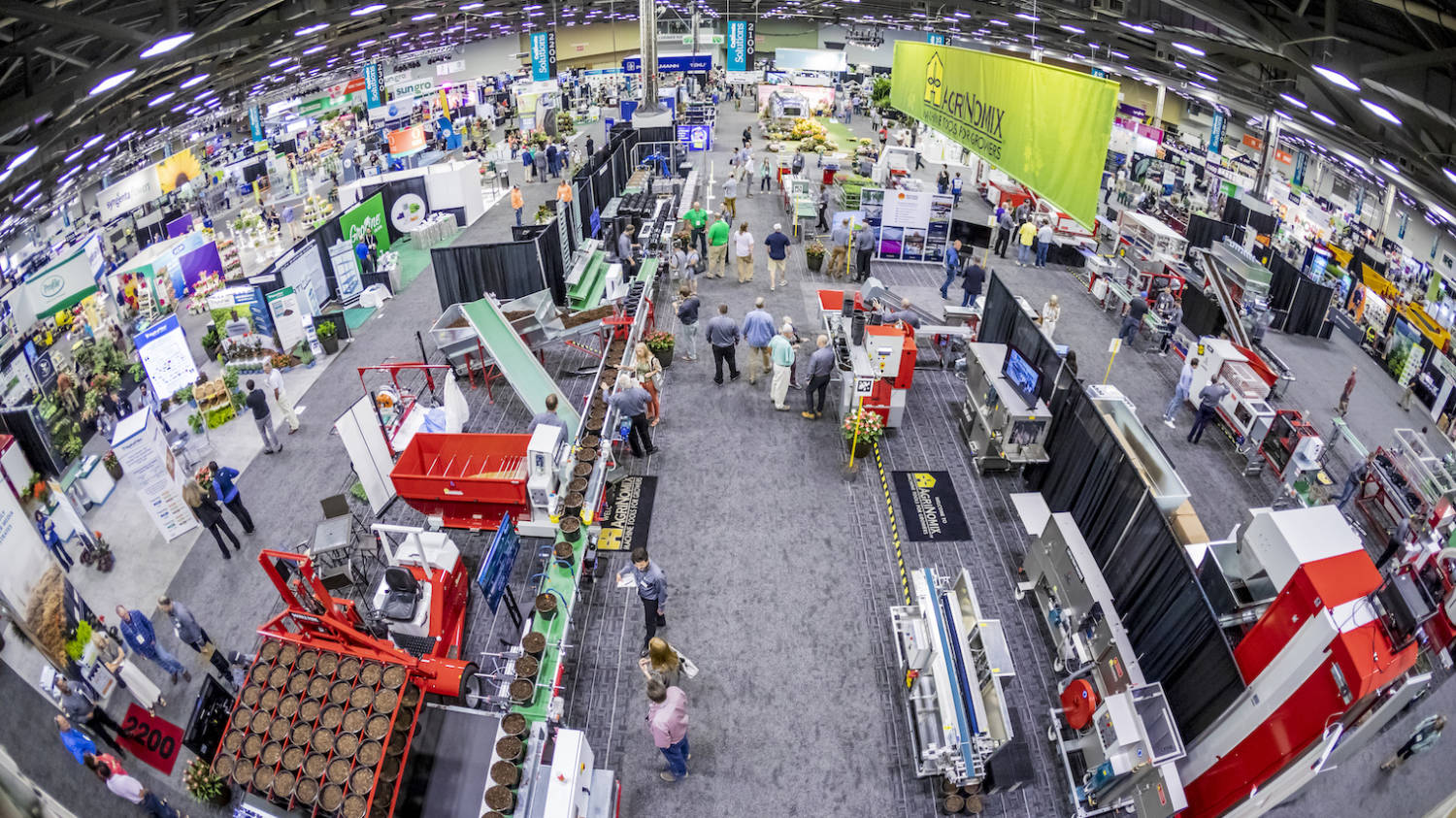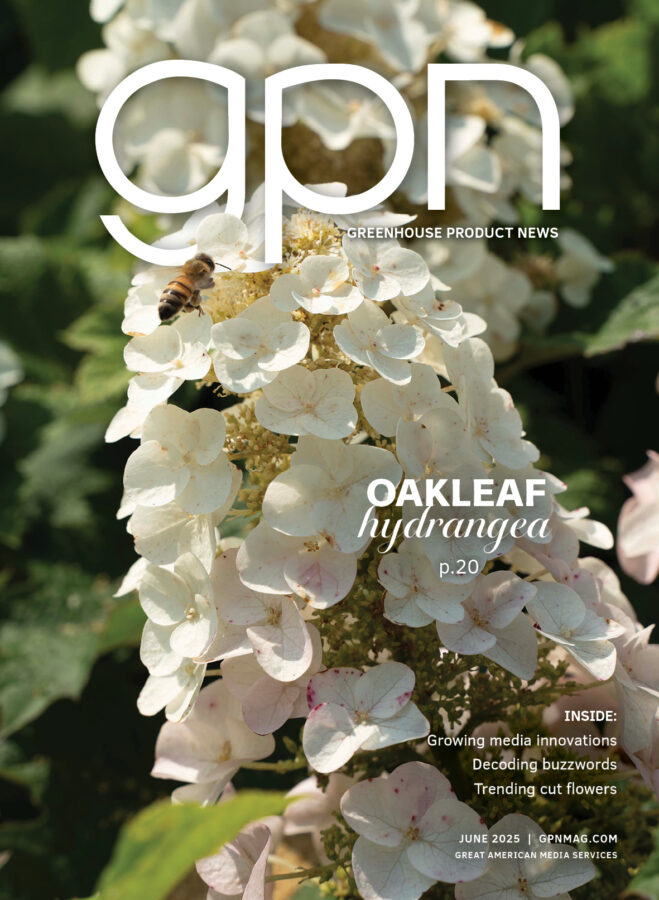Vertical Farming
Vertical farming is the production of plants in multiple vertical layers indoors, such as controlled-environment buildings, repurposed warehouses, growth chambers and shipping containers. The concept of vertical farming has been around for many decades, but the first vertical farms on a commercial scale started in Japan in the late 1980s.
In the past few years, however, there has been a worldwide surge of interest in vertical farming to produce high-value specialty crops, which include plugs and cuttings, tissue culture propagules, leafy greens and herbs (such as lettuce and basil), soft fruits (such as strawberry) and pharmaceutical crops.
There are several reasons for the emergence of the vertical farming industry, including:
- Some consumers are willing to pay a price premium for food crops that are locally grown, are of higher quality, or both.
- Locally grown crops can have a longer shelf life than those shipped long distances. In addition, growing indoors usually leads to reduced shrinkage, and less inputs of water, fertilizer and pesticides.
- The electrical efficiency of light-emitting diodes (LEDs) has increased dramatically just in the past few years while their costs have decreased.
- With LEDs, the light spectrum can be manipulated to produce crops year-round with desired attributes. For ornamentals, light can be used to regulate plant architecture (for example, stem and leaf size) and flowering. For vegetables and fruits, the light spectrum can influence leaf size and texture, the concentration of nutrients and antioxidants, and even flavor.
Vertical farming is the most sophisticated and technologically advanced way to grow crops. Indoor vertical farming allows one to precisely control both environmental and cultural factors to produce crops consistently at any time of the year. To be successful, one must control light intensity and spectral quality, temperature, CO2 concentration, humidity and wind speed.
Irrigation and fertilization can also be closely managed to dramatically reduce water and fertilizer inputs, while insect and disease pests can be almost completely eliminated. But vertical farm is expensive, in terms of both start-up and operating costs, so production of plants indoors will be limited to those with high value, at least for the foreseeable future.
Vertical farming is expanding rapidly in Asia, especially in China and Japan. However, there is relatively little science- based information on growing a majority of crops indoors. Although there are examples of vertical farms that are profitable, many others are not.
An academic colleague in Japan recently estimated that only about 25 percent of vertical farm businesses in Japan are profitable, at least partly because of poor business plans and/ or a lack of horticultural knowledge and experience growing plants. Yet some companies are successful and are rapidly expanding to meet demand. Some young plant producers of ornamentals are also exploring indoor growing of crops that are difficult to propagate in less-controlled greenhouse environments, and results are often positive.
There’s no question we can produce high-quality crops year-round indoors, but can their production be profitable? Can the substantially higher production costs be offset by less shrinkage and higher sales prices? The answer seems highly situational.
Researchers and growers are needed to advance the science of vertical farming while economists are needed to develop more business and marketing information. Vertical farming is not just a fad or short-lived trend; rather, one wonders how large the industry will become, and for what crops and situations vertical farming is a viable business.
Erik Runkle is professor and floriculture extension specialist in the department of horticulture at Michigan State University. He can be reached at runkleer@msu.edu.









 Video Library
Video Library 


















